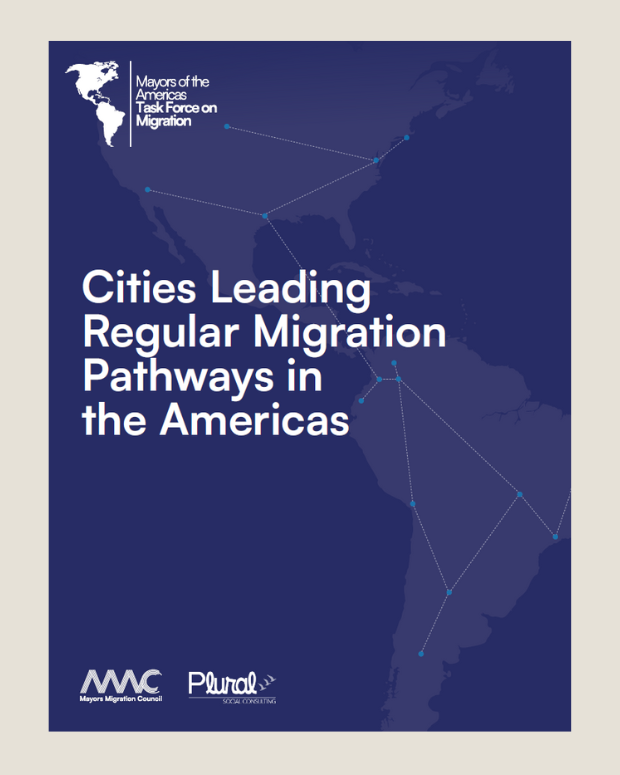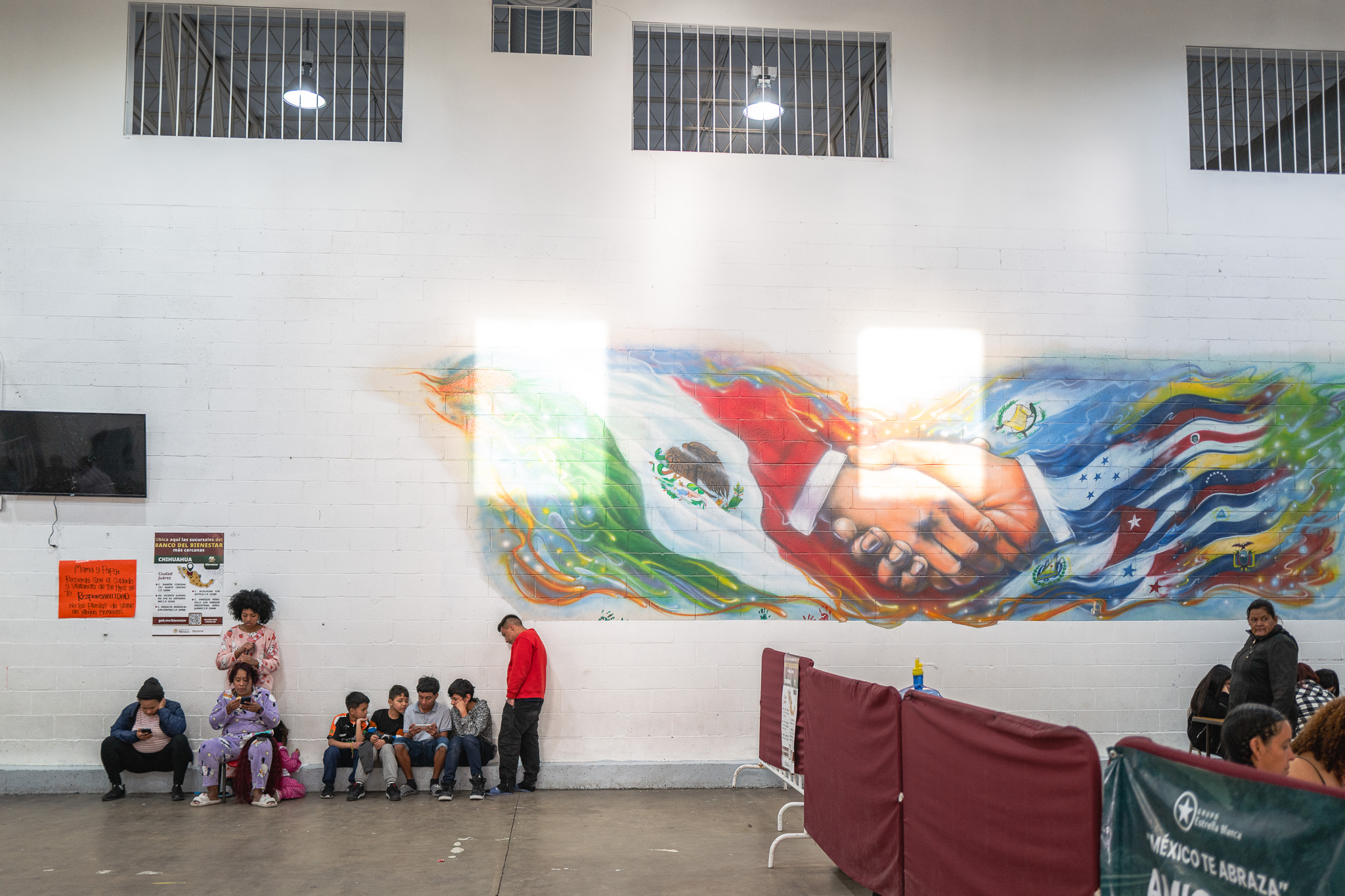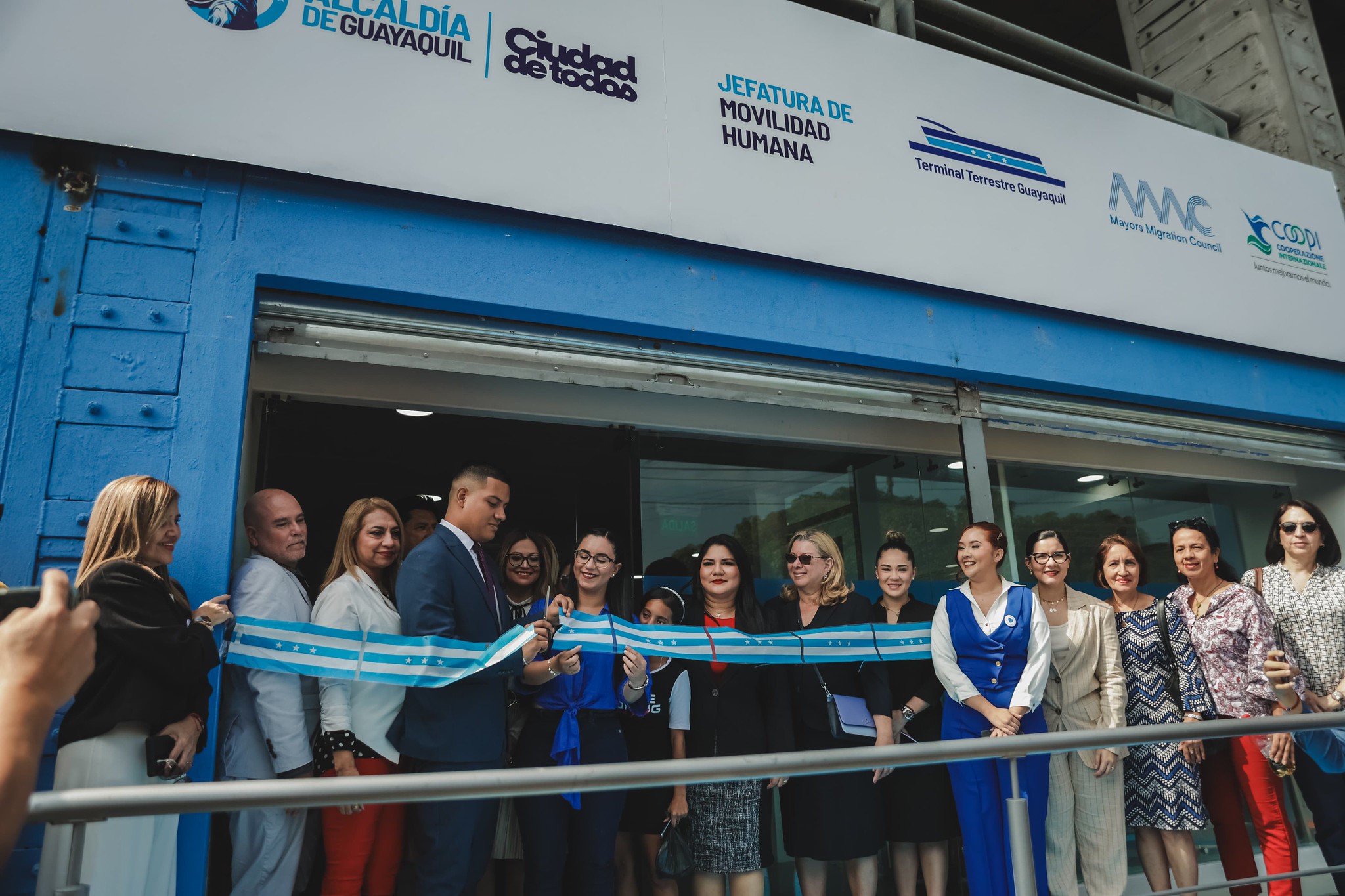Cities Leading Regular Migration Pathways in the Americas

CITIES LEADING REGULAR MIGRATION PATHWAYS IN THE AMERICAS
In response to the growth of migratory flows in the Americas and the limited action taken by the national governments, cities have taken on a key role in promoting regular migration pathways.
This report provides best local practices and puts forward recommendations to strengthen cities’ leadership to broaden those pathways and enhance migration governance.
Cities can play a more active role in increasing the availability of and access to regular migration pathways, provided they have the necessary resources, institutional support, and effective coordination mechanisms. Their role in migration governance, particularly in the implementation of regular migration pathways, presents multiple opportunities, enabling them to leverage the economic, social, and cultural potential of migrants.
The document identifies three roles played by cities in building successful regular migration pathways:
- Incubators: Cities proactively use available tools and regulations to design and foster innovative solutions, such as local identity cards to access legal status and services, or skills certification to access formal employment.
- Implementers: Cities facilitate access to existing migratory pathways by acting as implementing partners, enabling greater access to services such as regularization, legal assistance, and job placement.
- Advocates: Cities advocate vis-à-vis national governments or engage in regional or international fora to
promote the creation or expansion of regular pathways for migrants.
The report explores four categories of projects that cities in the Americas are developing or could advance to improve regular migration pathways and proposes specific actions to consider for each type:
- One-stop shop models
- Local identity documents and data management
- Workforce development programs
- Labor mobility programs between cities

Credit: Samer Saliba
Given the complex funding landscape for migration and development, especially at the local level, the document identifies several financing strategies that cities can explore, including municipal funds, impact investment funds, guarantee funds, result-based payments, social bond issues, and debt swaps.
Finally, the report identifies policy recommendations to strengthen and scale the role of cities in the design, implementation, and expansion of regular migration pathways. These include:
- Strengthen cities’ advocacy role to continue innovating;
- Foster cooperation among cities in the Americas, specifically programs that advance regular migration pathways;
- Promote social cohesion and reduce discrimination;
- Explore innovative financing mechanisms;
- Encourage private sector involvement in migration management;
- Advance evidence-based policy making;
- Strengthen migratory governance;
- Build local and cross-cutting capacities;
- Implement a comprehensive and long-term vision;
- Foster orderly and inclusive urban growth.

Credit: City of Guayaquil
